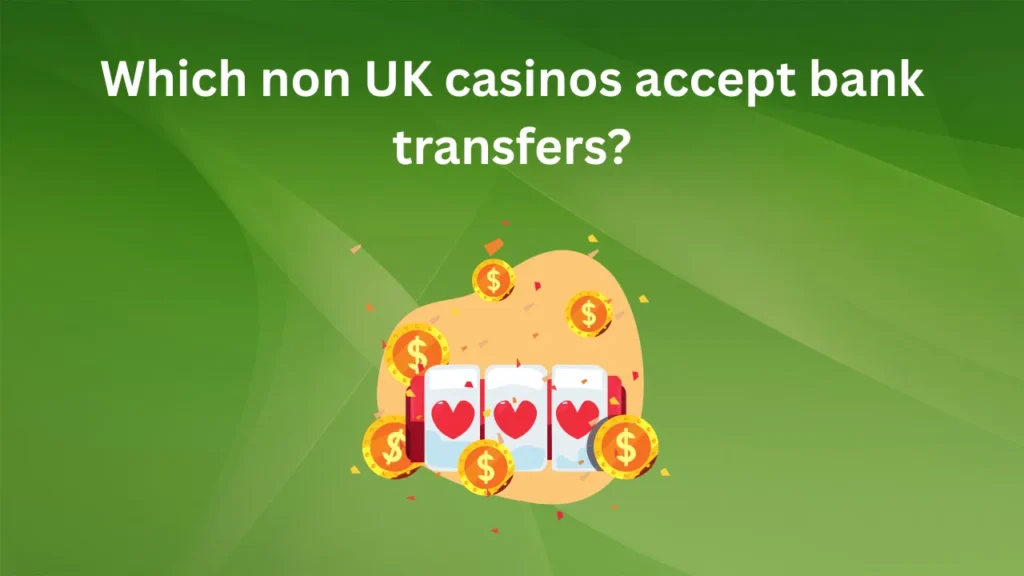In the world of online casinos and sports betting, keeping users engaged day after day can feel like an endless race. I remember early in my career testing a popular mobile slot app: players would flock in for the welcome bonus, but by day five, many had drifted away. That’s when the development team introduced micro-missions—small, bite-sized challenges designed to give players simple goals every day. These tiny objectives—spin this specific slot three times, place a £2 bet on roulette, or collect your daily free chip—transformed the app from a “play-if-you-feel-like-it” experience into a daily habit.
Micro-missions tap directly into the psychology of habit formation. By breaking down engagement into manageable tasks, they create a sense of achievement and reward that encourages players to return. Over time, these daily wins build momentum, turning casual visitors into loyal regulars. In this article, I’ll share insights from my own experiences, explore the mechanics behind micro-missions, and explain how they drive up daily active player counts for operators across the industry.
The Concept Behind Micro-Missions
Micro-missions are essentially short-term objectives that players can complete in a single session. Unlike overarching achievements—such as reaching a VIP tier—micro-missions focus on tasks that take just minutes to accomplish. From my firsthand testing on multiple platforms, the key lies in their simplicity and immediacy. Completing a micro-mission delivers near-instant gratification, whether it’s a handful of bonus spins, a small cash reward, or points toward a larger prize.
These missions often refresh every 24 hours, resetting the player’s focus: “What can I achieve today?” That daily reset harnesses a subtle psychological trigger called the “fresh start effect,” a phenomenon where people are more motivated to pursue goals at the beginning of a new time period. In casinos, that period is a day; for fitness apps, it might be a week. By strategically timing the micro-mission reset, operators leverage this natural burst of motivation to steer players back to the app.
Mechanics for Driving Daily Engagement
When I first recommended micro-missions to a sportsbook client, their initial skepticism centered on complexity—would crafting meaningful daily tasks require too much content creation? In practice, it doesn’t. Let’s look at how providers implement micro-missions in a way that maximizes daily active players without hefty overhead.
Building a Balanced Mission Roster
Successful implementations blend low-effort and slightly more involved tasks. A typical roster might include:
Slot Spins: Spin Game A five times.
Table Bet: Place a £1 bet on blackjack.
Session Length: Play any game for ten minutes.
This variety ensures that even players with limited bankroll or time can complete at least one mission, while heavier users find enough depth to stay challenged. Rotating mission types also keeps the experience fresh, preventing repetitive fatigue.
Reward Structures That Resonate
Over my years as an industry consultant, I’ve noticed that the nature of the reward can be as important as the mission itself. Small but tangible prizes—say, 5 free spins on a popular slot or a £0.50 cash bonus—deliver a hit of dopamine that reinforces the behavior. A study by a mobile gaming firm found that players who receive frequent small rewards are 70% more likely to return the next day than those waiting for larger but rarer bonuses.
Integrating Micro-Missions with Payment Flexibility
Offering convenient payment methods can further boost participation. For example, when players know they can deposit or withdraw via popular options like PayPal, they feel more at ease trying out missions that require real-money wagers. That’s why many casinos highlighting services such as betting sites that accept paypal see higher micro-mission completion rates. When the deposit process is seamless, players are more inclined to engage with daily tasks without friction.
The Role of Gamification and Social Elements
Aside from individual rewards, gamification layers can amplify the power of micro-missions. Leaderboards tied to mission completion, friend-referral bonuses for daily tasks, or community events where groups of players unlock collective goals all create social incentives. During a launch I oversaw for a fantasy sports app, integrating a mission-based referral contest—invite two friends to complete their daily missions—led to a 40% boost in new user registrations and a marked uptick in active users.
Measuring Impact on Daily Active Players
Quantifying the success of micro-missions requires tracking key metrics over time. In my analytics work with online casinos, the primary indicator is the Day 1–7 retention curve—the percentage of users still active on each day following installation. Before micro-missions, the typical drop-off sees Daily Active Users (DAU) fall by 50% by day three and dip below 20% by day seven. After deploying micro-missions, many clients report DAU retention climbing above 30% on day seven, a dramatic improvement in user stickiness.
Another useful metric is the Average Missions Completed per User (AMCU). Higher AMCU indicates deeper engagement. In one case study, increasing AMCU from 1.2 to 2.5 within a week correlated with a 15% rise in weekly deposit volumes, indicating that micro-mission engagement drives not just activity but also revenue.
Real-World Case Study: A Casino App’s Turnaround
Let me share a concrete example. A mid-tier casino app with a modest marketing budget struggled to maintain DAU above 10,000 users. After introducing micro-missions—ranging from “Play Game X for five minutes” to “Win a blackjack hand”—the app saw significant gains. Within four weeks:
Daily Active Users grew from 9,200 to 14,800.
Retention on Day 7 rose from 18% to 35%.
Deposit Frequency increased by 20%.
The secret sauce was not just the missions themselves but the personalized communication around them: push notifications highlighting available missions, email reminders for uncompleted tasks, and in-app banners celebrating mission streaks. This holistic approach turned fleeting visitors into daily habitual users.
Best Practices for Implementing Micro-Missions
Having consulted with dozens of operators, I’ve identified some guiding principles:
Keep Missions Simple and Inclusive
Complex, high-precision tasks discourage casual players. Aim for a mix that accommodates beginners and seasoned users.
Vary Frequency and Difficulty
Rotate mission types and difficulty levels. Introduce “streak missions” that reward players for completing daily tasks over consecutive days, but also reset those streaks occasionally to avoid burnout.
Leverage Multi-Channel Prompts
Remind players of missions via push notifications, SMS, and email. However, avoid spamming—irrelevant or excessive messaging can backfire.
Align Rewards with Game Popularity
Offer mission rewards on high-margin or new titles to drive traffic where you most need it. Conversely, use popular evergreen games for low-effort tasks to guarantee completion rates.
Conclusion
Micro-missions have emerged as a powerful lever for boosting daily active players in casino and betting platforms. By offering small, achievable goals and immediate rewards, they tap into the mechanics of habit formation and reward psychology. Coupled with frictionless payment options—such as those found at top-rated betting sites that accept paypal—and effective gamification elements, micro-missions can transform a casual user base into a dedicated community that returns day after day.
In my own experience working across multiple platforms, I’ve seen how a well-crafted mission system can turnaround retention metrics, deepen user engagement, and ultimately enhance revenue. If you’re an operator looking to keep players coming back, consider weaving micro-missions into your daily engagement strategy. Your DAU numbers—and your bottom line—are sure to thank you.




